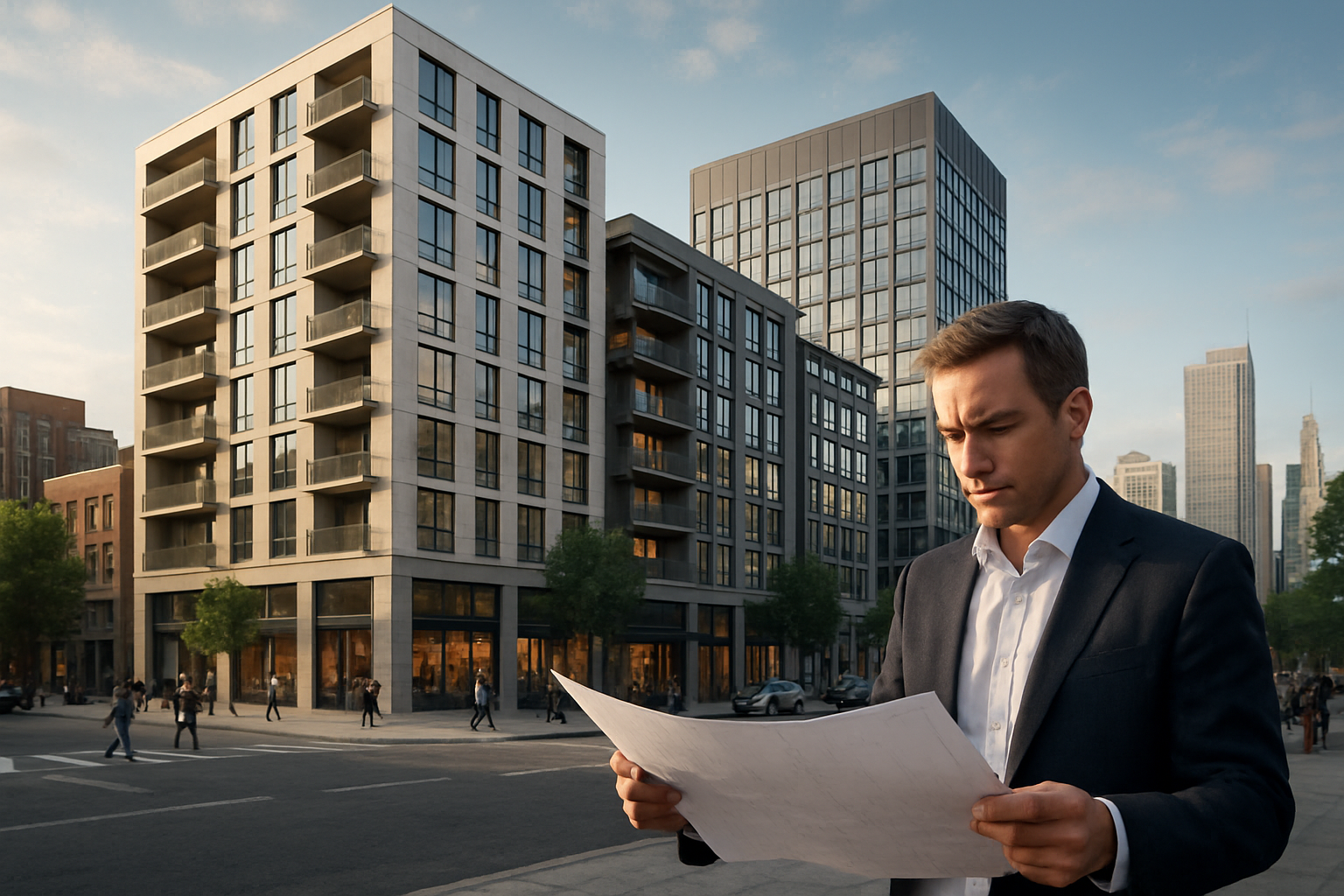Revolutionizing Real Estate: The Rise of Micro-Apartments in Urban Centers
The skyline of major cities is changing, not just upwards but inwards. A new trend is sweeping through urban real estate markets: micro-apartments. These compact living spaces, typically under 400 square feet, are reshaping how city dwellers think about home, affordability, and urban lifestyle. With 54% of the world's population now living in urban areas, the demand for innovative housing solutions has never been higher.

The first wave of micro-apartments in cities like New York and San Francisco was met with a mix of curiosity and skepticism. Critics worried about the potential for overcrowding and the impact on quality of life. However, as the concept evolved and designers became more adept at creating functional, aesthetically pleasing small spaces, micro-apartments began to gain acceptance and even popularity among certain demographics.
The Economics Behind the Trend
The driving force behind the micro-apartment trend is fundamentally economic. In many major cities, traditional housing options have become increasingly unaffordable for young professionals, students, and low to middle-income earners. Micro-apartments offer a solution by providing a private living space in desirable locations at a fraction of the cost of a standard apartment.
For developers, micro-apartments represent an opportunity to maximize return on investment in high-value urban areas. By fitting more units into a building, developers can potentially increase their profit margins while still offering relatively affordable housing options. This alignment of interests between developers and a segment of urban renters has fueled the rapid growth of the micro-apartment market.
Design Innovations in Small-Scale Living
The success of micro-apartments hinges on intelligent design. Architects and interior designers have risen to the challenge, creating spaces that feel open and livable despite their small footprint. Key innovations include:
-
Multifunctional furniture: Beds that fold into walls, tables that expand or contract as needed, and seating with built-in storage are all common features.
-
Vertical space utilization: High ceilings allow for loft beds or elevated storage areas, maximizing the use of every cubic foot.
-
Smart home technology: Automated systems for lighting, temperature control, and even movable walls can make small spaces more adaptable and efficient.
-
Shared amenities: Many micro-apartment buildings compensate for small private spaces with extensive common areas, including coworking spaces, gyms, and rooftop gardens.
These design elements not only make micro-apartments more livable but also appeal to a minimalist aesthetic that has gained popularity among younger generations.
The Target Market: Who’s Living Small?
Micro-apartments have found their niche primarily among young urban professionals, students, and individuals who prioritize location over space. For many in this demographic, the trade-off of less private space for a prime urban location is an easy choice. The typical micro-apartment resident values experiences over possessions and spends much of their time outside the home, using the city as an extension of their living space.
However, the market is expanding. As designs improve and the concept becomes more mainstream, micro-apartments are attracting a wider range of residents, including older individuals looking to downsize and maintain an urban lifestyle. Some developers are even experimenting with micro-units designed for families, incorporating clever storage solutions and flexible spaces that can adapt to changing needs.
Regulatory Challenges and Urban Planning Implications
The rise of micro-apartments has not been without challenges. Many cities have had to grapple with zoning laws and building codes that were not designed with such small living spaces in mind. Minimum square footage requirements, parking regulations, and occupancy limits have all posed obstacles to the development of micro-apartment projects.
Progressive cities have begun to adapt their regulations to accommodate this new housing type, recognizing its potential to address housing shortages and affordability issues. For example, Seattle has adjusted its zoning codes to allow for smaller units in certain areas, while New York City launched a pilot program to test the viability of micro-apartments.
The implications for urban planning are significant. Micro-apartments could potentially lead to higher population densities in urban cores, which could strain existing infrastructure but also create more vibrant, walkable neighborhoods. Cities must carefully balance the benefits of increased housing supply with the need to maintain livable, sustainable urban environments.
The Future of Micro-Living: Trends and Predictions
As the micro-apartment concept matures, several trends are emerging that could shape its future:
-
Increased customization: Developers are offering more options for personalizing micro-units, recognizing that even in small spaces, residents want to express their individuality.
-
Integration with co-living models: Some projects are blending micro-apartments with co-living arrangements, offering private micro-units within a larger community-oriented structure.
-
Sustainability focus: Many micro-apartment developments are incorporating green technologies and sustainable design principles, appealing to environmentally conscious urban dwellers.
-
Expansion to suburban areas: As remote work becomes more common, the micro-apartment concept is beginning to spread to suburban town centers, offering a more urban-style living option outside of major cities.
-
Adaptability for aging in place: Designers are exploring ways to make micro-apartments suitable for long-term residency, including features that can adapt as residents age.
The micro-apartment trend represents a significant shift in urban housing paradigms. As cities continue to grow and evolve, these compact living spaces are likely to play an increasingly important role in shaping the future of urban real estate. While not without challenges, micro-apartments offer a creative solution to the pressing issues of housing affordability and urban density. As designs continue to improve and regulations adapt, we can expect to see this innovative housing type become an integral part of the urban fabric in cities around the world.





